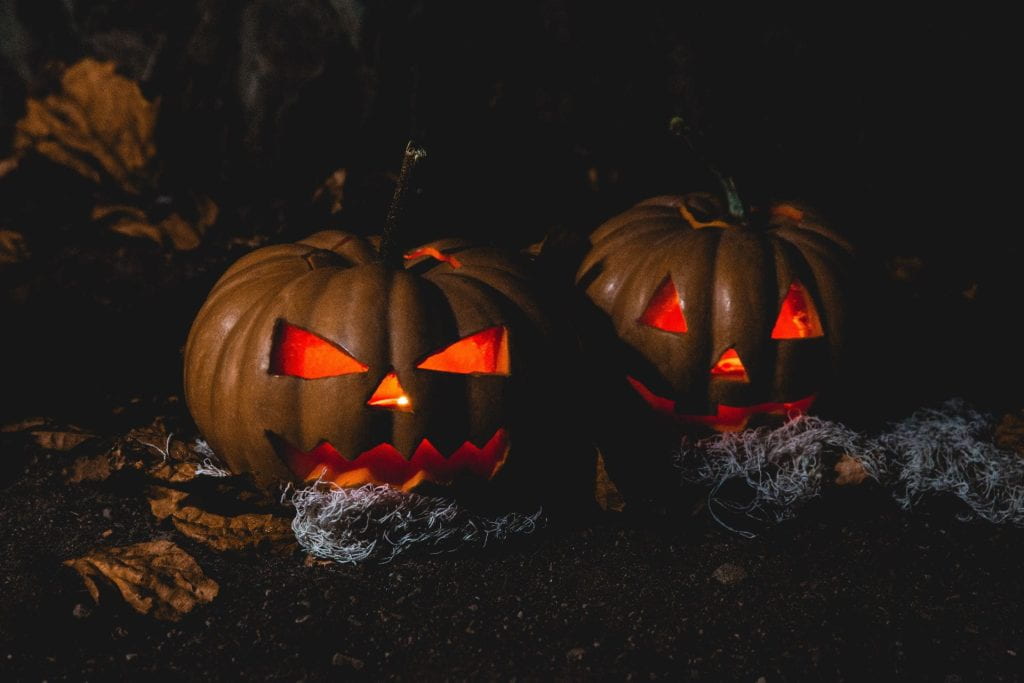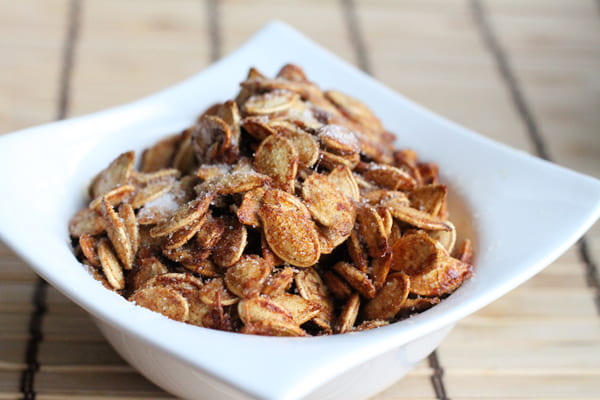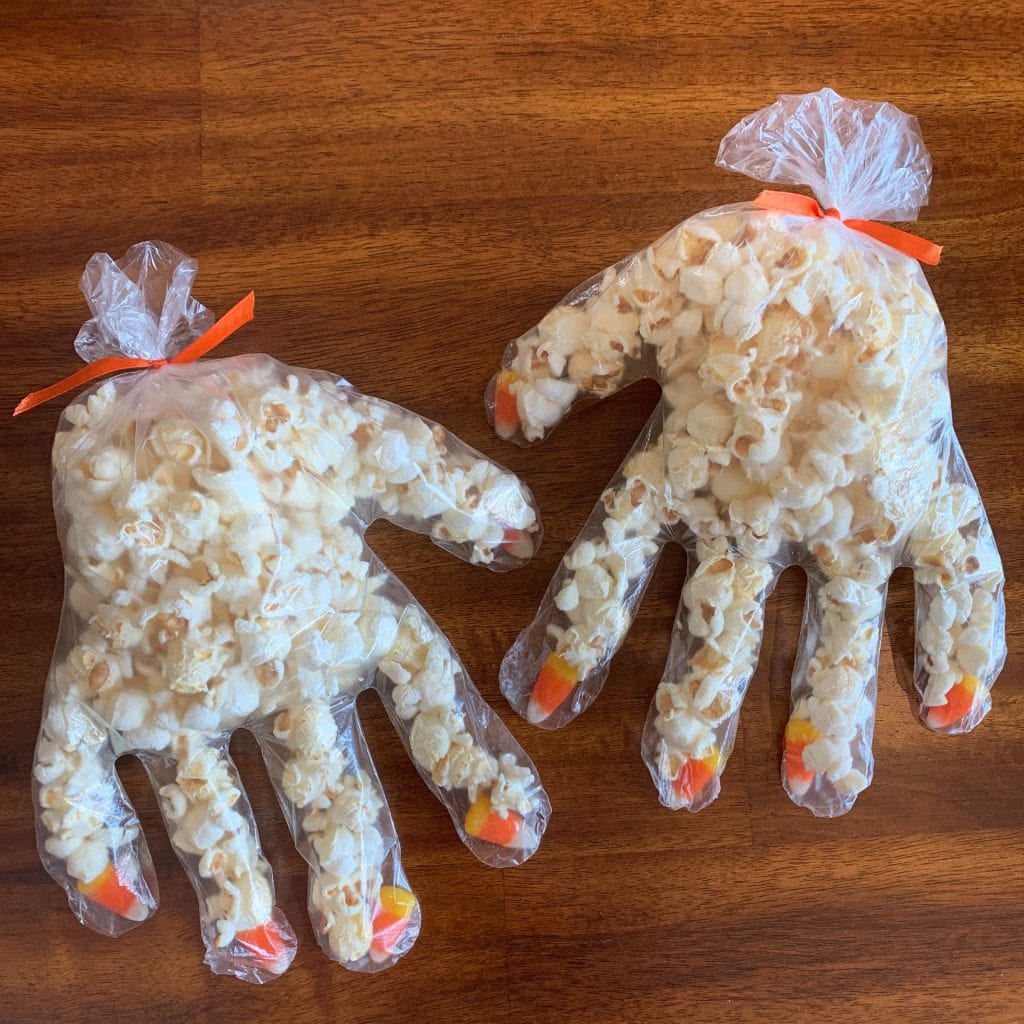
Many people believe that library collections only contain books and other media materials. But housed within many collections are strange and unique artifacts or exhibitions. From locks of hair from former politicians to undecipherable manuscripts to historical medical equipment, libraries across the world contain items that users may not typically associate with research institutions. In honor of Halloween, this article will discuss a few eerie and uncommon library and museum collections and exhibits!
A few weeks ago, many people learned that the Library of Congress is home to a large collection of musical instruments. But the Library also stores historical artifacts not found in any other institution in the world. For example, there is a collection of hair samples in the collection. The hair strands come from former presidents such as George Washington, James Madison and Ulysses S. Grant, musicians, writers and other artists like Walt Whitman and Ludwig van Beethoven and other figures. There’s even strands of hair from an unidentified person that was found in Clara Barton’s diary. “Nearly all of the hair stems from the 18th and 19th centuries, in the era before photographs were common and lockets of hair were seen as tokens that could be anything from romantic to momentous” (Tucker, 2022)
The Library of Congress also stores personal items from historical American figures. A bittersweet example is the list of personal effects that were in President Abraham Lincoln’s pocket on the night that he was assassinated. Some of the items include two pairs of spectacles, an embroidered handkerchief, several newspaper clippings, a single bank note and a pocket knife. While these items aren’t necessarily spooky or strange, they do offer a glimpse into the everyday life of an important historical figure and by extension reveal what was important to people in that time period.
The National Museum of Health and Medicine in Silver Spring, Maryland is an institution dedicated to preserving and teaching the history of health sciences in the military. The museum is part of the Defense Health Agency Research and Engineering Directorate which falls under the Department of Defense. “The National Museum of Health and Medicine was established during the Civil War as the Army Medical Museum, a center for the collection of specimens and artifacts for research related to trauma and pathology.”(National Museum of Health and Medicine, 2022) There are several different exhibits on display including ‘The Legacy of Walter Reed,’ ‘Traumatic Brain Injury,’ ‘Civil War Medicine,’ and the virtual exhibit ‘Effects of Canister Shot in the Civil War: Skull of a soldier of the 54th Massachusetts Volunteers.’ The museum contains skeletal fragments, photographs and more educational materials that highlight the history of military health sciences and how war impacts the body. The National Museum of Health and Medicine is open Wednesday through Sunday and is free to the public! If you’re interested in exploring the collection in person, be sure to plan a visit.
The Historical Medical Library and the Mutter Museum are two institutions that are affiliated with the College of Physicians of Philadelphia. The Historical Medical Library was founded in 1788 and includes “the archives of other Philadelphia medical institutions, College’s corporate archives, and letters, case books, and student notebooks that document the personal life and professional practice of doctors in the Philadelphia region and around the world.” (The Historical Medical Library, n.d.) The library maintains a virtual image library where visitors can look at digitized collection items. Their digital exhibits cover various themes such as health professionals during World War I, historical advertisements from drug manufactures and the evolution of human anatomy.
The Mutter Museum is a publicly available institution that “displays its beautifully preserved collections of anatomical specimens, models and medical instruments in a nineteenth-century ‘cabinet museum’ setting.” (The Mutter Museum, n.d.) The museum started when Thomas Dent Mutter, MD, an American surgeon, donated his personal collection in the hopes of inspiring others to learn about health sciences and the human body. The Mutter Museum is open everyday, except Tuesday, from 10 am until 5 pm. Exhibits include the Hyrtl Skull Collection, The Soap Lady, and the Spit Spreads Death exhibit which cover the Influenza Pandemic of 1918-1919 in the Philadelphia area.
Historical manuscripts are often stored and preserved in libraries. These documents cover various topics such as medicine, botany, astronomy and religion and are carefully preserved to maintain the author’s work and colorful and imaginative paintings found inside. Medieval manuscripts still captivate modern viewers because of the manuscripts’ depictions of famous myths and religious stories. Medieval manuscripts also reveal an ancient world that was fascinated with the strange and magical. Manuscripts such as A Dialog on Werewolfism by Claude Prieur and Book of magical charms have intrigued scholars and casual readers for years. But one of the most mysterious manuscripts is The Voynich Manuscript located in Yale University’s Beinecke Rare Book & Manuscript Library. Researchers know little about the purpose of the manuscript, the author or the text written inside. No one has been successful in deciphering the text inside, despite many attempts at uncovering the code. The artwork inside depicts real and imaginary plant life and people in strange pools of water.
The Voynich Manuscript remains a mysterious and prolific manuscript that will likely confuse researchers for years to come.
Library and museum collections contain the strange and the mysterious. Many items in collections are our only tangible connection to past historical figures and provide a gateway for users to learn more about a certain time period. As Neely Tucker explains in a blog post from the Library of Congress “These items came in as a part of larger collections and we kept them because the Library is also a history of us, of humankind, and that messy history can’t all be contained on paper, vinyl, film and tape. These are some of the items that help give the tactile sense of bygone people who were about our size and height, who lived with the same phobias and desires that we do today. They offer a bit of needed spice, of raw humanity.” (Tucker, 2022).
References:
- The Mutter Museum. (n.d.). The Mutter Museum. https://muttermuseum.org/
- The Historical Medical Library. (n.d.). The Historical Medical Library. https://collegeofphysicians.org/our-work/historical-medical-library
- Tucker, N. (2022, August 11). Hair! At the Library? Yes, and Lots of it. Library of Congress Blog. https://blogs.loc.gov/loc/2022/08/hair-at-the-library-yes-and-lots-of-it/
- Tucker, N. (2022, July 21). Library of the Unexpected: Cocaine, Hair and…Wedding Cake?. Library of Congress Blog. https://blogs.loc.gov/loc/2022/07/library-of-the-unexpected-cocaine-hair-and-wedding-cake/
- National Museum of Health and Medicine. (Updated: 2022, October 27). National Museum of Health and Medicine. https://medicalmuseum.health.mil/




